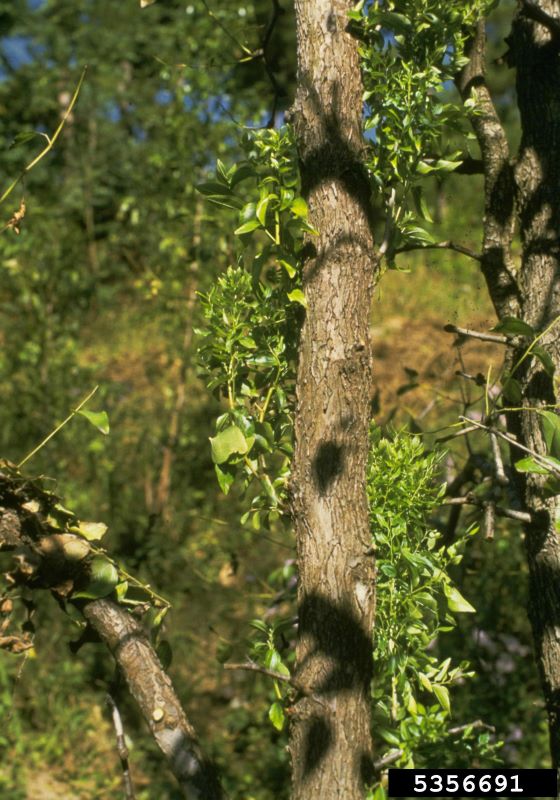Witches’ broom is a plant disease characterized by the abnormal growth of dense clusters of shoots or branches, resembling a broom. The condition can affect a variety of trees and shrubs, leading to significant damage and reduced plant health.
Causes
Witches’ broom can be caused by several factors, including:
- Fungal infections: Certain fungi, such as Taphrina and Exobasidium, can induce witches’ broom by infecting the plant tissues.
- Phytoplasmas: These are specialized bacteria that can infect the phloem of plants, leading to abnormal growth patterns.
- Mites and insects: Some mites and insects, like the eriophyid mite, can cause witches’ broom by feeding on the plant tissues and injecting growth-regulating chemicals.
- Genetic mutations: Occasionally, genetic mutations within the plant itself can lead to the development of witches’ broom.

Symptoms
The primary symptom of witches’ broom is the formation of dense, tangled clusters of shoots or branches. Other symptoms may include:
- Reduced leaf size
- Yellowing of leaves, or chlorosis (yellowing of leaves)
- Stunted growth and reduced vigor
- Abnormal flowering and fruiting patterns
- Increased susceptibility to other diseases and pests
Impact
Witches’ broom can have several negative impacts on affected plants:
- Aesthetic damage: The abnormal growth can be unsightly, reducing the ornamental value of the plant.
- Reduced productivity: In fruit-bearing plants, witches’ broom can lead to decreased yield and quality of fruits.
- Structural weakness: The dense clusters can weaken the plant structure, making it more susceptible to breakage.
- Increased maintenance: Affected plants may require more frequent pruning and care to manage the symptoms.
Management
Effective management of witches’ broom involves a combination of cultural, chemical, and biological approaches. These approaches, along with active monitoring through regular inspection of plants for signs of witches’ broom, can minimize the impacts of this disease.
Cultural Practice
Pruning: Regular pruning to remove affected branches can help manage the spread of witches’ broom. Ensure that pruning tools are sterilized between cuts to prevent the spread of pathogens.
Plant selection: Choose resistant plant varieties when available and avoid planting susceptible species in areas known to have witches’ broom issues.
Chemical Control
Fungicides and insecticides: In cases where fungi or insects are the primary cause, appropriate fungicides or insecticides can be applied. Follow label instructions and safety guidelines when using chemical treatments.
Biological Control
Natural predators: Introducing natural predators of the mites or insects causing witches’ broom can help reduce their populations and mitigate the disease.
Conclusion
Witches’ broom is a complex plant disease with various causes and significant impacts on affected plants. By understanding the causes, symptoms, and management strategies, gardeners and horticulturists can effectively mitigate the effects of witches’ broom and maintain healthy, vigorous plants.
For further information and specific treatment recommendations, consult local agricultural extension services or plant pathology experts.